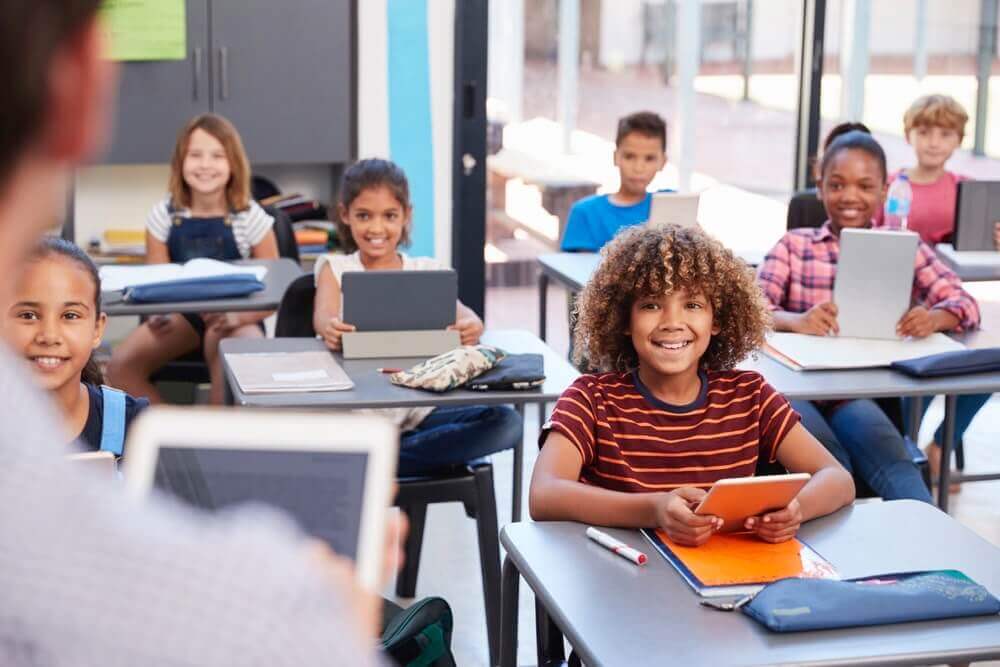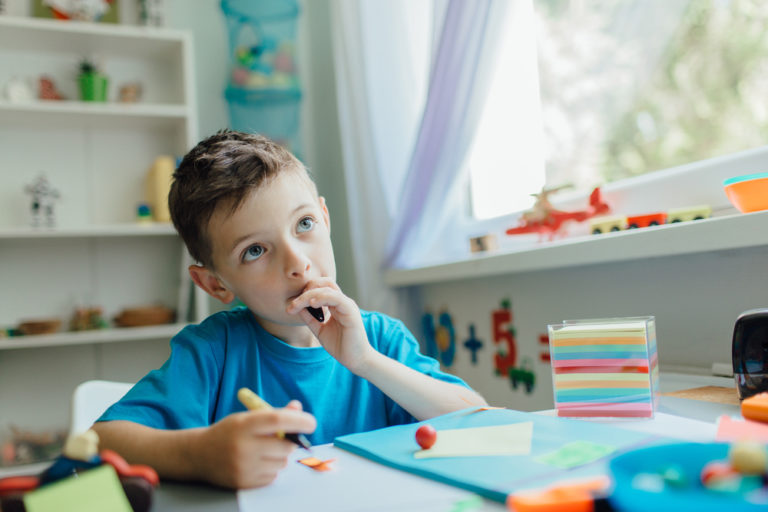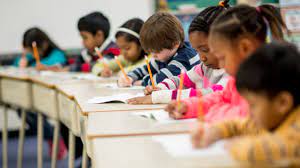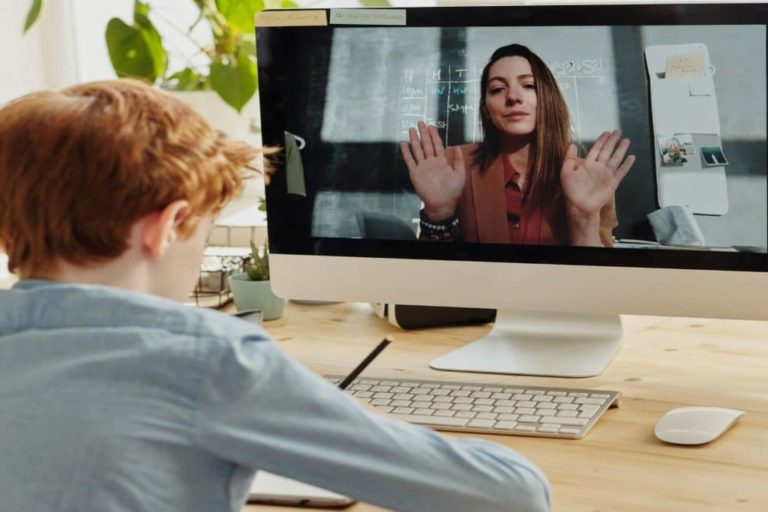The Impact of Technology on Classroom Dynamics
As we stand on the threshold of the digital age, technology has become an integral part of the educational landscape, reshaping traditional classroom dynamics. From interactive smartboards to online collaborative platforms, the infusion of technology has brought both challenges and opportunities to the way students and teachers engage in the learning process.
In this article, we delve into the multifaceted impact of technology on classroom dynamics, exploring how it has transformed the teaching and learning experience.
Table of Contents
1. Enhanced Interactivity and Engagement:
a. Interactive Whiteboards and Displays:
Interactive whiteboards have revolutionized the way teachers present information. These digital displays allow educators to integrate multimedia content, conduct real-time quizzes, and encourage active participation. Students, in turn, benefit from a visually stimulating and interactive learning environment.
b. Educational Apps and Gamification:
The integration of educational apps and gamification techniques has made learning more engaging. Apps tailored to specific subjects or skills enable students to interact with the content in a playful manner, fostering a deeper understanding of the material.
2. Personalized Learning Paths:
a. Adaptive Learning Platforms:
Technology has paved the way for adaptive learning platforms that tailor lessons to individual student needs. These platforms use data analytics to assess a student’s strengths and weaknesses, offering customized learning paths that cater to their unique learning styles.
b. Online Learning Platforms and Resources:
The advent of online learning platforms has democratized education, allowing students to access a wealth of resources beyond the confines of the classroom. From virtual libraries to video lectures, these platforms enable personalized exploration and self-directed learning.
3. Collaborative Learning Opportunities:
a. Virtual Classrooms:
Technology has facilitated the creation of virtual classrooms, breaking down geographical barriers. Students can participate in collaborative projects, engage in discussions, and receive real-time feedback from their peers and instructors, fostering a sense of global connectivity.
b. Cloud-Based Collaboration Tools:
Cloud-based tools like Google Workspace and Microsoft 365 have transformed collaborative work. Students can seamlessly collaborate on documents, presentations, and projects, promoting teamwork and preparing them for the collaborative nature of the modern workforce.
4. Teacher-Student Communication:
a. Instant Communication Channels:
Technology has streamlined communication between teachers and students. Instant messaging, emails, and online forums provide quick and efficient channels for clarifying doubts, sharing resources, and fostering a more accessible and open teacher-student relationship.
b. Feedback Mechanisms:
Digital platforms allow for more immediate and detailed feedback. Whether through online quizzes or assignment submissions, teachers can provide timely assessments, enabling students to track their progress and address areas that need improvement.
5. Challenges in Classroom Dynamics:
a. Digital Distractions:
The integration of technology brings the challenge of managing digital distractions. With the prevalence of smartphones and other devices, educators must find ways to keep students focused on educational content.
b. Technological Disparities:
Not all students have equal access to technology, leading to potential disparities in the learning experience. Bridging the digital divide and ensuring equitable access to technology remains a crucial challenge for educators and policymakers.
c. Teacher Training and Digital Literacy:
Educators must continually adapt to new technologies, requiring ongoing professional development to enhance their digital literacy. Ensuring that teachers are well-equipped to integrate technology effectively is paramount for successful implementation.
6. The Future of Classroom Dynamics:
a. Emerging Technologies:
The future holds the promise of even more transformative technologies, such as augmented reality (AR) and virtual reality (VR), which have the potential to create immersive learning experiences, transcending the limitations of traditional classrooms.
b. Artificial Intelligence (AI) in Education:
AI-powered tools can provide personalized learning experiences by analyzing vast amounts of data to identify patterns and adapt content. The integration of AI holds the potential to revolutionize assessment methods and instructional strategies.
Conclusion:
The impact of technology on classroom dynamics is undeniable, bringing about a paradigm shift in how education is delivered and received. While challenges such as digital distractions and technological disparities must be addressed, the opportunities for enhanced interactivity, personalized learning, and global collaboration are substantial.
As we navigate the evolving landscape of educational technology, it is crucial to strike a balance that maximizes the benefits while mitigating potential pitfalls, ensuring that technology continues to empower educators and students in their pursuit of knowledge.





